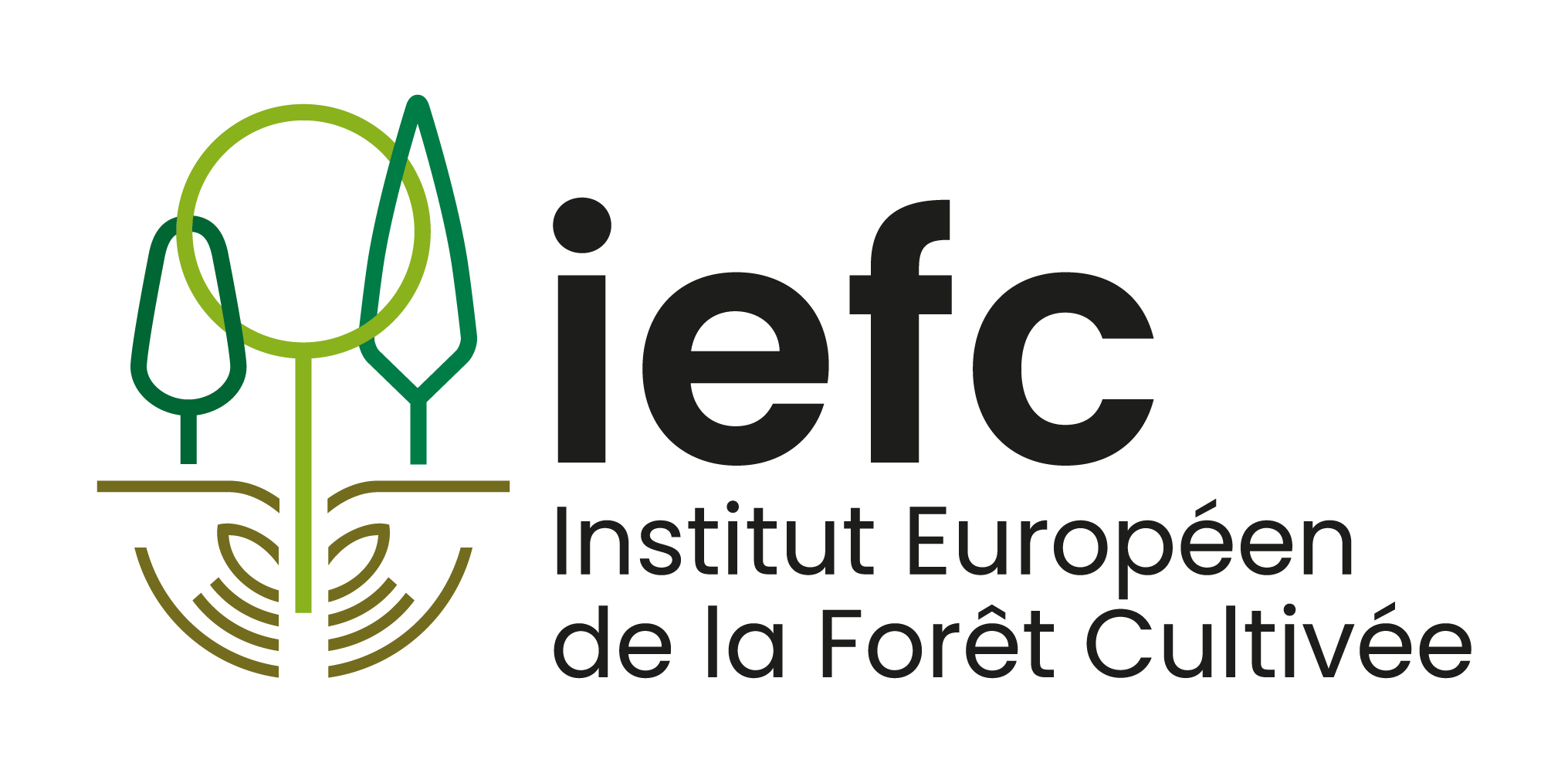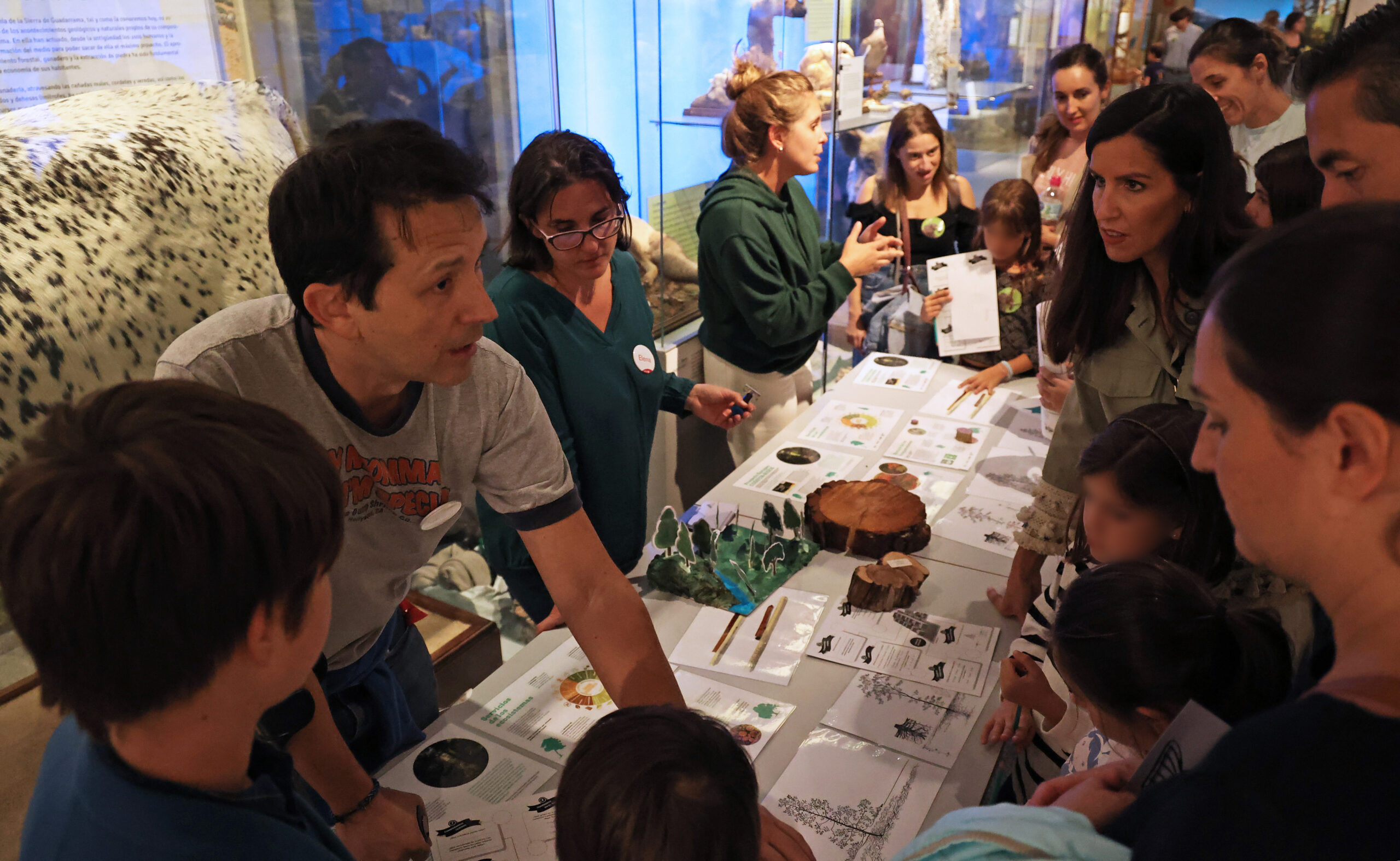
Imagine in just one night you can discover the problems amphibians face around the world; discover what DNA is; how our bone structure has evolved; or how invasive species threaten ecosystems. Imagine a night when you will share a room with an African elephant, a family of wolves or bustards among many other animals. A night to talk to researchers who will tell you why they are passionate about their work and what exactly it consists of. All this is what happens every year during the European Night of Researchers at the National Museum of Natural Sciences (MNCN-CSIC).
It is so successful every year that the tickets, which are free, are sold out within the first minute of being on sale. That is the worst part of the event, knowing that we cannot accommodate all the people who are interested in participating.
This year, among the 16 educational activities that show the research and conservation work that are carried out in this natural history museum, we had the presence of Andrés Bravo and Elena Concepción. Both are part of the European project COMFOR-SUDOE (COMplex FORests in the SOUTH-WEST of Europe). A research project in collaboration with the Institut Européen de la Forêt Cultivée (IEFC), among other institutions, whose objective is to promote complex forests (mixed and irregular) and multi-specific plantations as a strategy to mitigate the effects of climate change and the biodiversity crisis.
One of the most important parts of the project is to establish dialogue among society, the scientific world, and political managers to improve on the knowledge of forests; to help everyone understand their value and foster sustainable management based on scientific information.
To alert the youngest of its importance, during the European night of researchers, Andrés and Elena explained to the participants how forests contribute to our wellness; what it is that makes trees a shelter for so many species; or why a mixed forest better withstands environmental disturbances. To better understand the concept, they prepared models of these forests in which different species of trees or specimens of the same species of different ages coexisting, showing how their future renewal would come about.
Xiomara Cantera – Press officer at the National Museum of Natural Sciences

